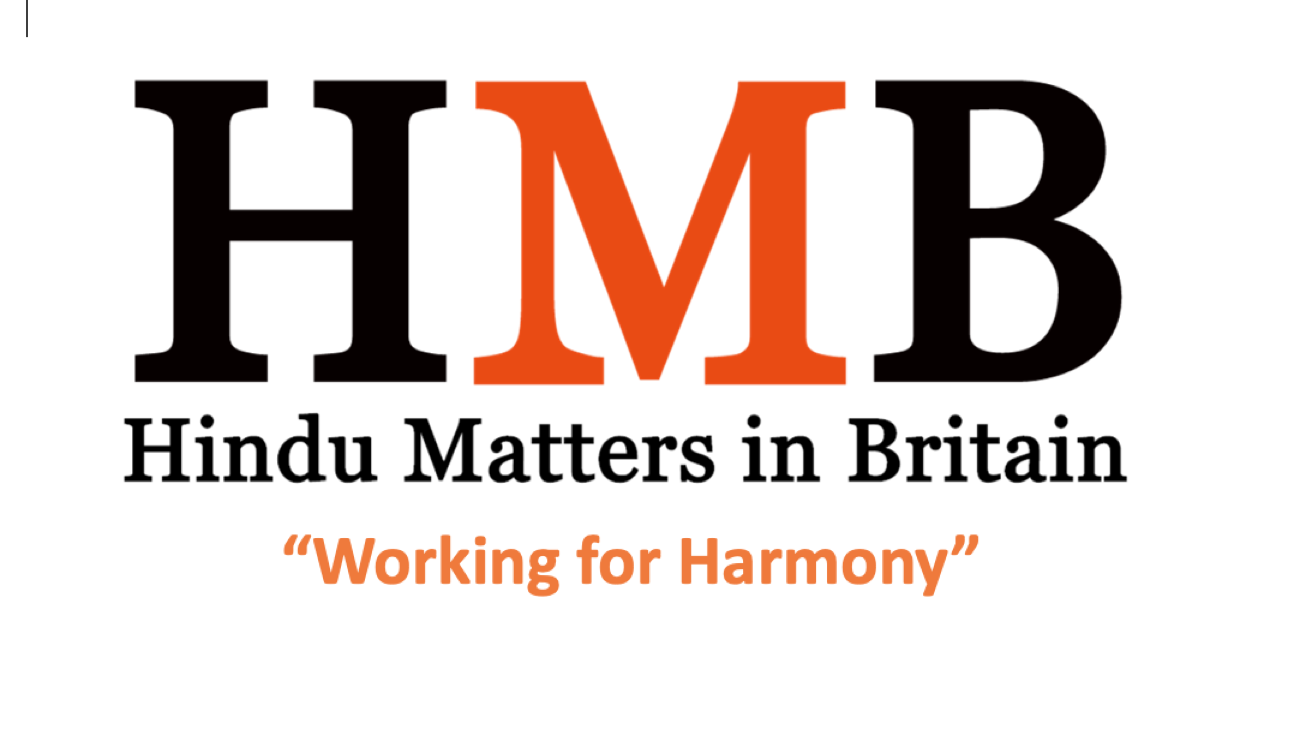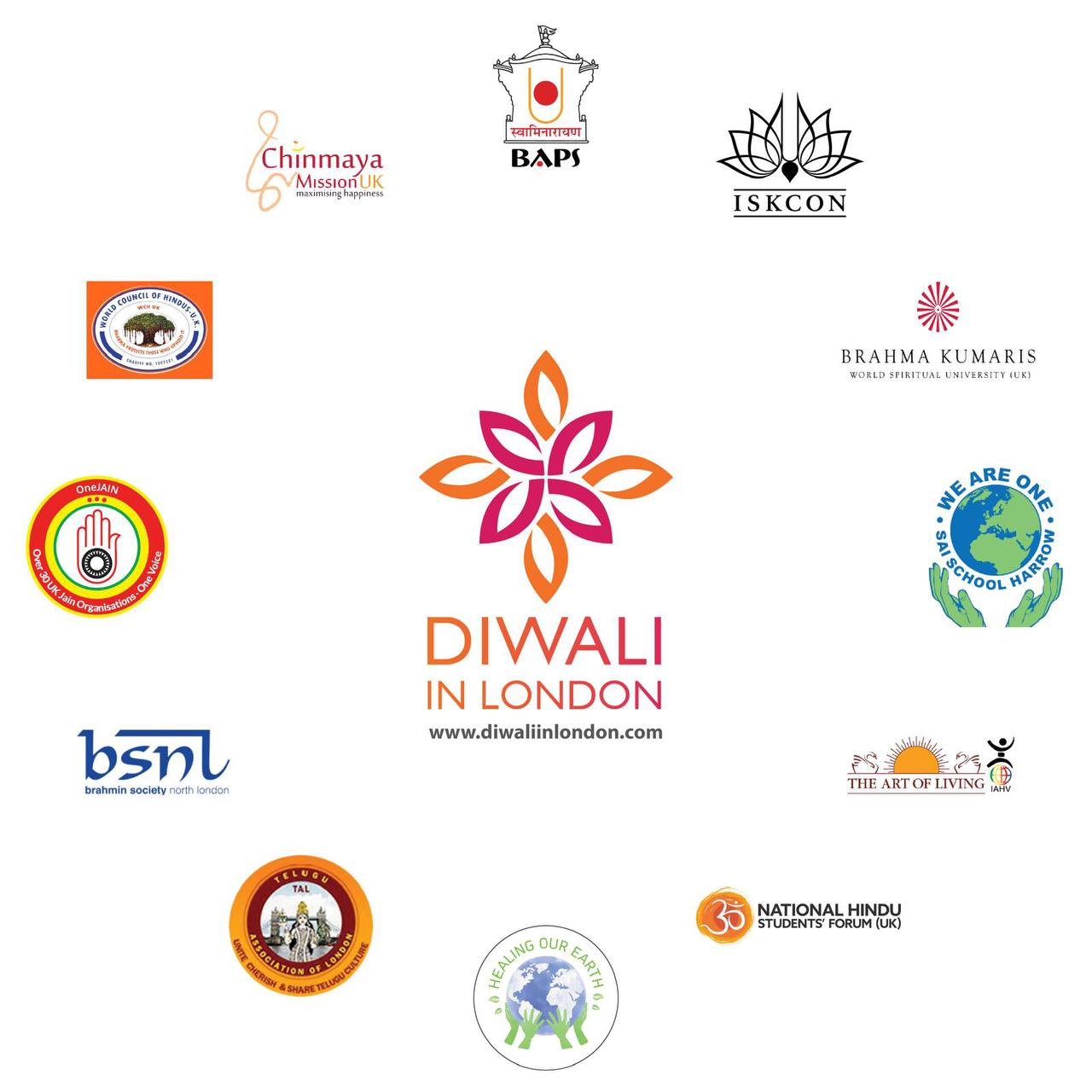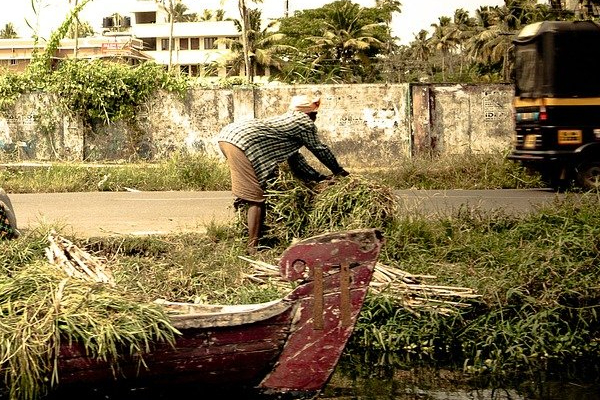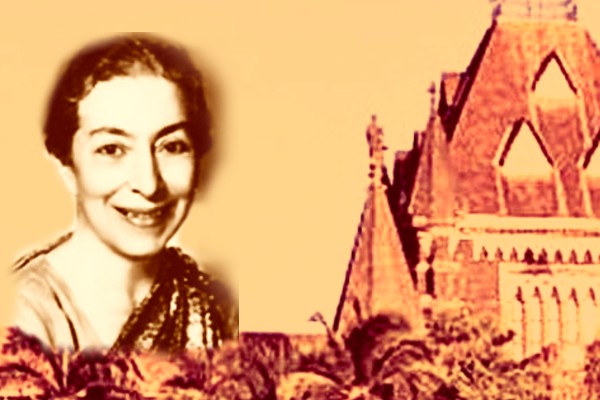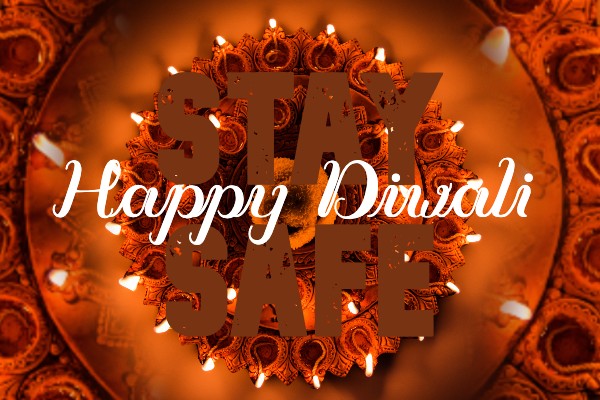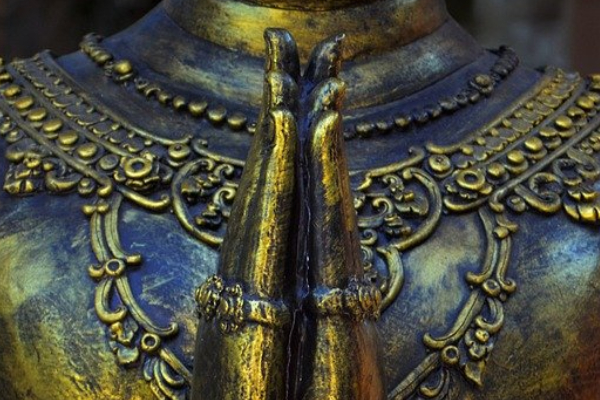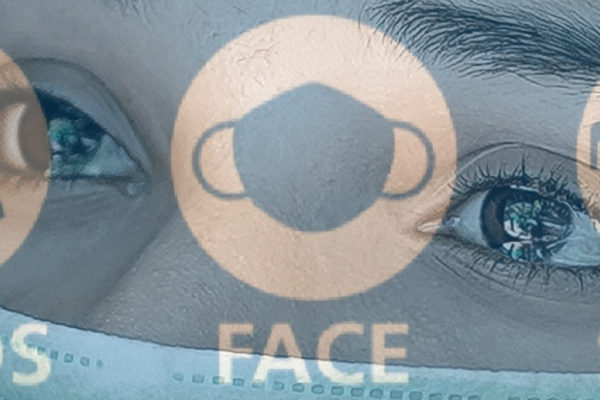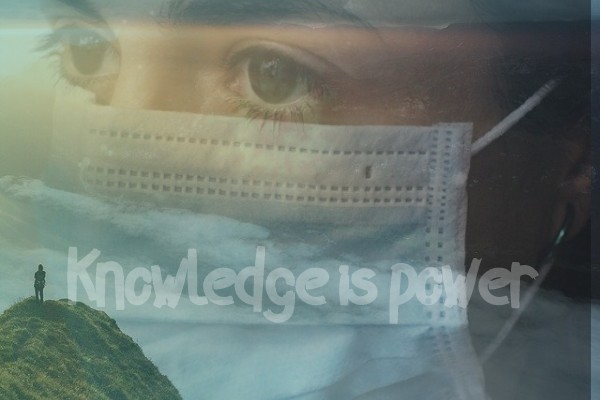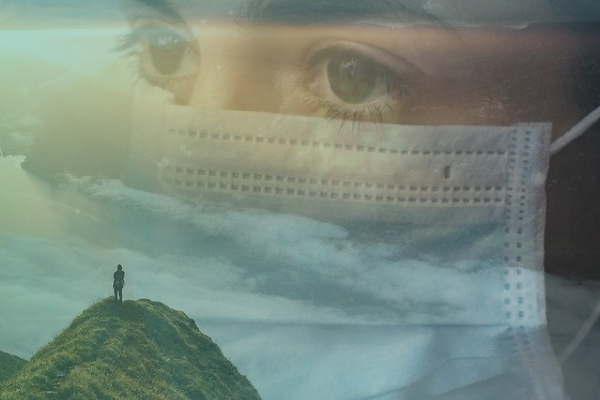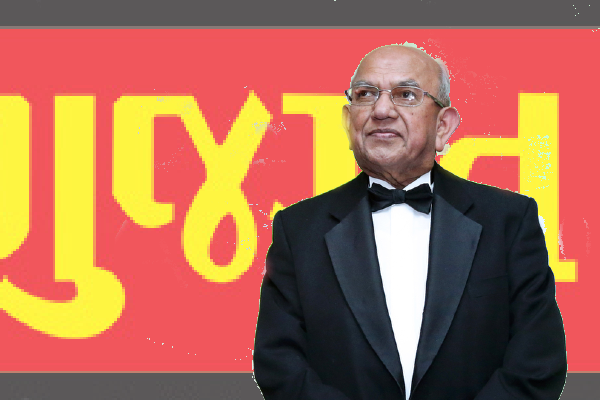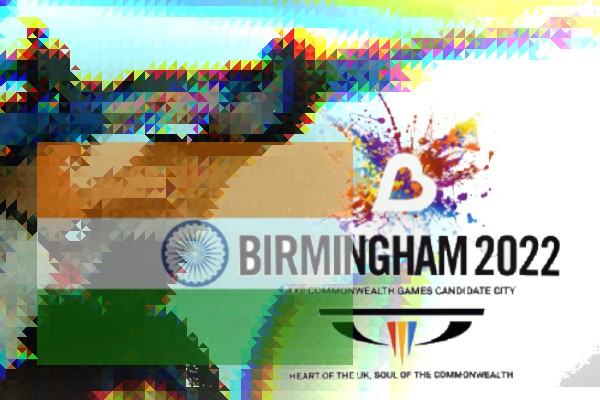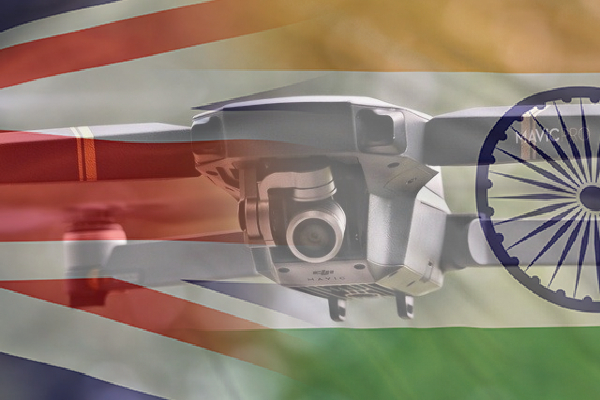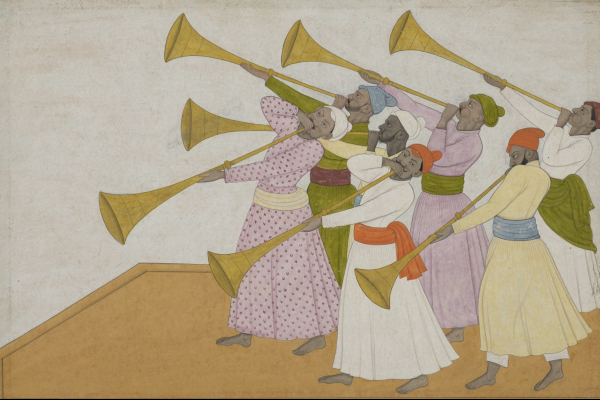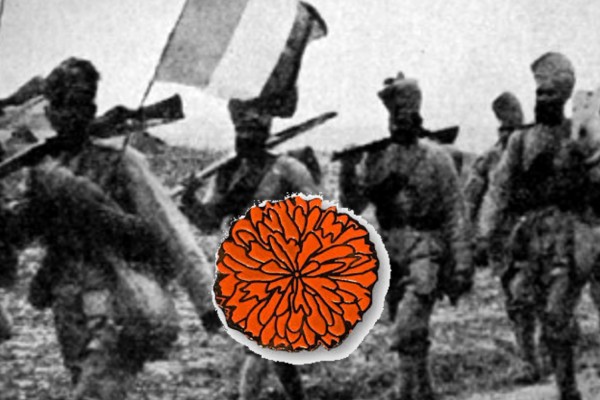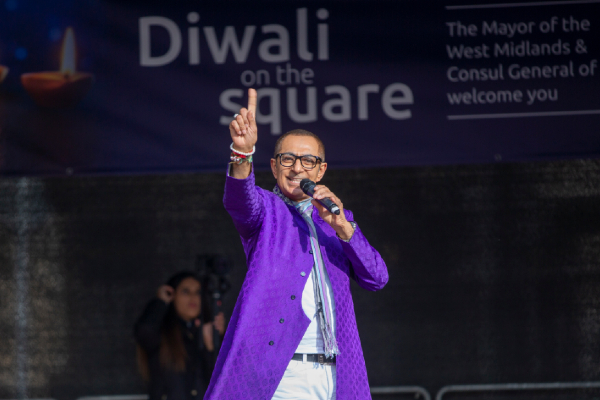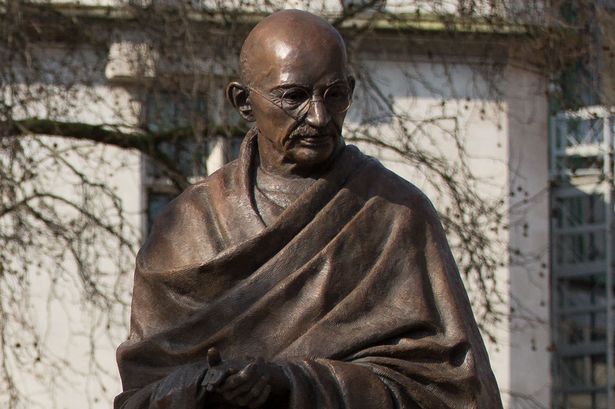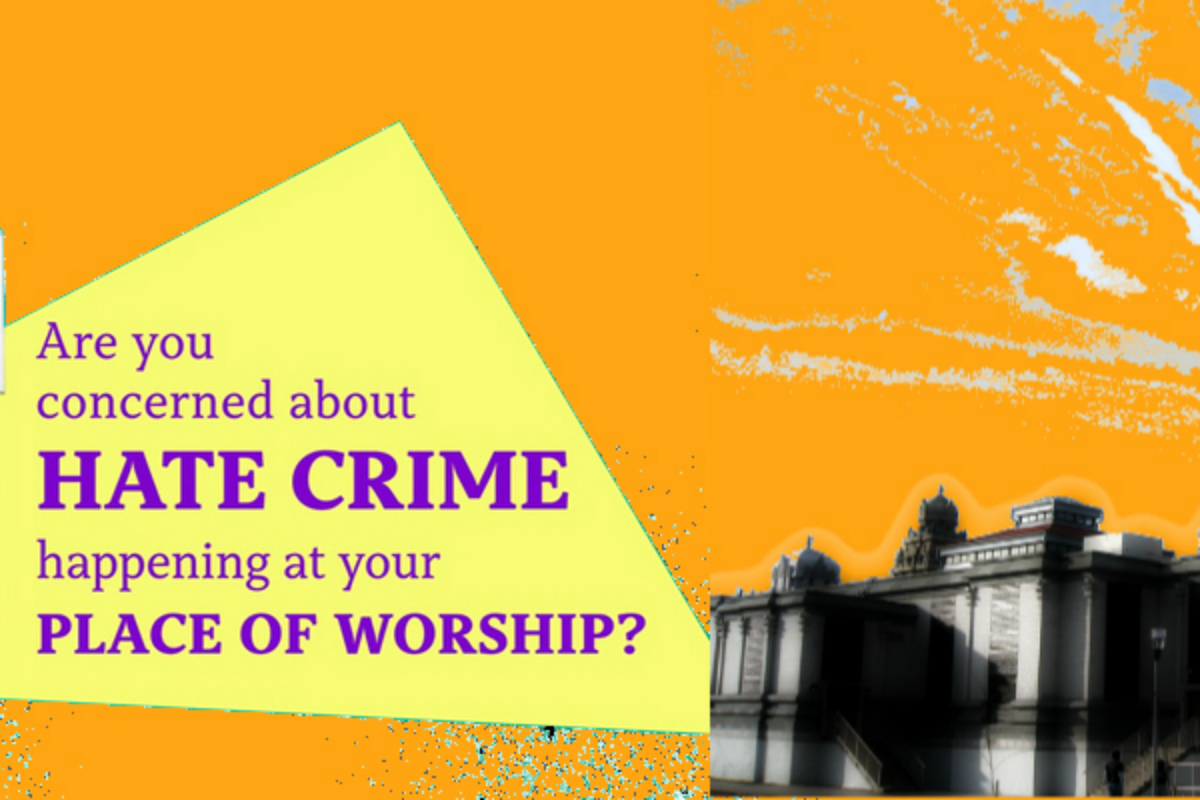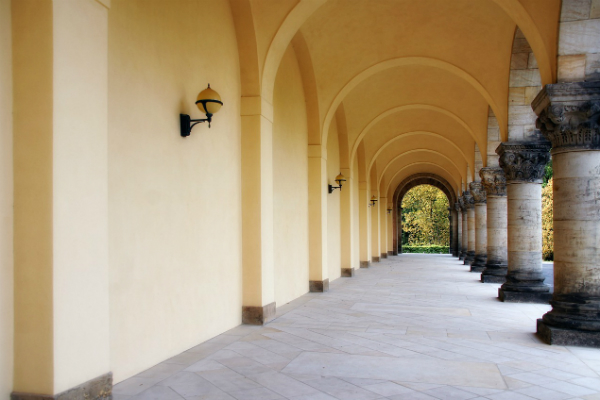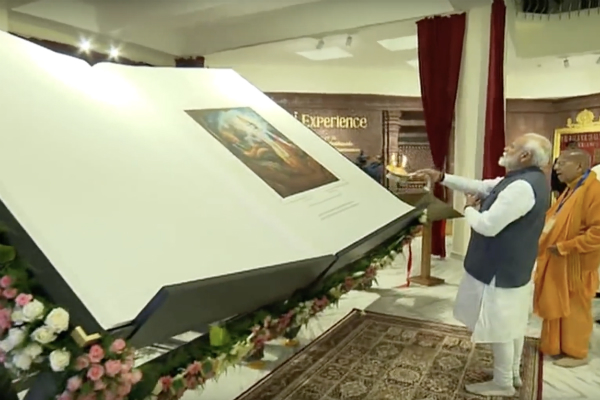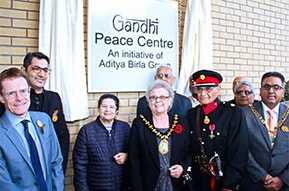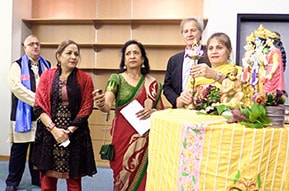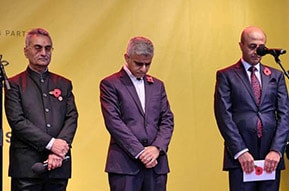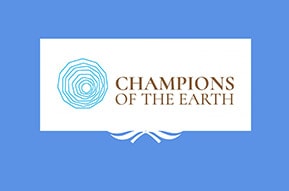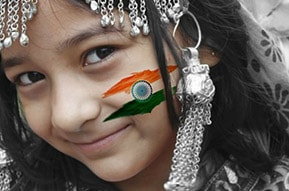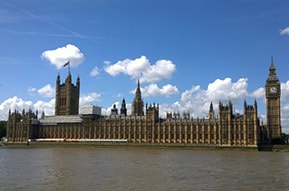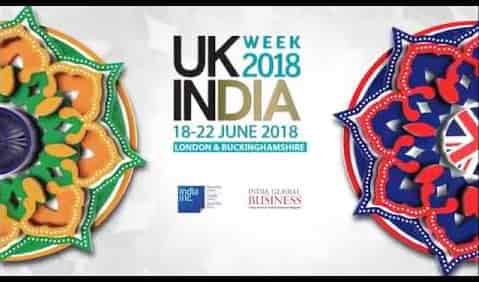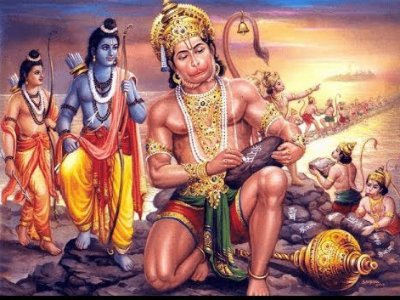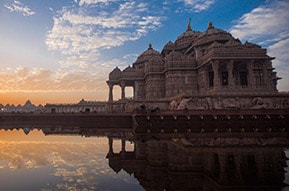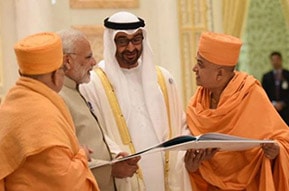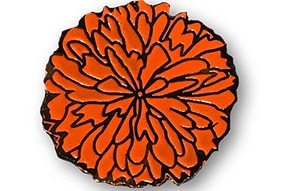Caste hierarchy and discrimination not sanctioned by the Vedas
The Hindu sacred texts clearly relate ‘varnas’ to the ‘guna’ i.e., behavior and character, rather than the birth.
The argument against the notion that a hierarchical caste system is “divinely inspired” and ‘intrinsic’ to Hinduism is powerful and profound.
The 90th Sukta of the 10th mandala in the Rig Veda, talks about the entire universe as the body of God (Purusha), and of all creation as emerging from only Him; proving the hierarchy based theory wrong.
After being briefly eclipsed from its perch by Narendra Modi’s dramatic victory in the elections of 2014, the topic of caste has emerged in a big way in the public discourse of India.
This includes the debate around the Rohith Vemula suicide, the caste-driven arithmetic of the Nitish-Lalu victory in Bihar, the demand for reservations from prosperous and powerful castes such as the Patels and the Jats, and even in the United States, as one of the points of contention in California’s 6th and 7th grade social science textbooks. While each of these issues have its own peculiar political and social calculus, there can be no two ways about the fact that caste-based discrimination is a terrible social practice.
Modern India’s policy of reservations was explicitly designed to undo the deleterious impact of its history.
Underlying the discourse on ‘caste’, is an assertion that the caste system, along with its in-built hierarchy and discrimination, is ‘intrinsic’ to the practice of Hinduism. While sloganeering often revolves around ‘opposing Manuwad’ or burning the Manusmriti, the more formal criticism leveled by academics and activists, and thus reflected in the media is rooted from the idea that the caste system is “divinely inspired.”
Many hone on making one verse in the “Purusha Sukta” of the Rig Veda, one of the most chanted hymns of the entire Vedic corpus; as an evidence that the Vedas are themselves conceived of a hierarchical and a discriminatory caste system.
First, caste refers to jati, not varna. Jatis are the thousands of indigenous social- occupational groups, while varna refers to the four individualized societal functions described in many texts. Understanding this distinction is a necessary first step. The next is exploring whether the Purusha Sukta really sanctions a hierarchical and discriminatory caste system?
This is not mere academic curiosity. The solution to any problem relies on a correct diagnosis and even as they acknowledge the social history of caste-based discrimination in India, it is important for Hindus, and non-Hindus, to understand the terminology and know whether the Sukta really does sanction a birth-based hierarchy.
Below is a translation of the relevant verse from ‘Purusha Sukta’, which is the 90th Sukta of the 10th mandala in the Rig Veda, and it talks about the entire universe as the body of God (Purusha), and of all creation as emerging from Him.
From his mouth came forth the Brahmins
And of his arms were Rajanya made
From his thighs came the Vaishyas
And his feet gave birth to Sudras.
At a literal reading, this indeed appears to define a hierarchical system of classes with the Brahmins occupying the most prestigious position and the Sudras being the most inferior as they emerge from the feet. And this has pretty much become the dominant understanding of the verse among academics.
The best way to demonstrate the silliness of this interpretation of the 90th Sukta, is to actually assume it to be correct and then see where that leads us in terms of understanding the rest of the hymn. Thus, if the above verse indicates a hierarchical system, then presumably the body parts of the God (Purusha) from which everything in creation emerges, or the order in which the names are mentioned, or both, ought to be indicative of its superiority or otherwise.
Let us test this understanding against translations of the next two verses from the 90th ‘Purusha Sukta’:
Of his mind, the Moon is born
Of his eyes, the shining Sun
from his mouth, Indra and Agni,
And of his life-breath, Vayu
Space unfolds from his navel
The sky well formed from his head
From His feet, the earth and His ears the Quarters
Thus they thought up all the worlds.
If our assumption above were true, then the moon ought to be superior to the sun because the mind is superior to the eyes, and also because the moon is mentioned first. Moreover, based on where they emerge from, Indra (the king of the Devas) ought to be inferior to both Chandra (moon) and Surya (sun) and on par with Agni (fire), which also is illogical.
A similarly absurd comparison of the space, sky, earth with the ‘four directions’ will arise from the second verse. If the earth comes from the God’s (Purusha) feet, is it then inferior to the moon which comes from the mind?
There is clearly no hierarchy intended, but only symbolic meanings. This can be driven home more clearly, if one considers what the ‘Purusha Sukta’ says in its entirety. It describes the God (Purusha), as the perennial source of all creation, as having countless heads, eyes and legs, manifested everywhere beyond comprehension. All creation is but fourth a part of him and the rest is thus, ambiguous.
The Sukta describes a great Yajna, or a ritual sacrifice, called `Sarvahut’, or the ‘offering of all’. It was God (Purusha) himself who is worshipped in the Yajna, which is performed by Brahma, the creative power of the Purusha. The Devas, who are the senses of the Purusha, are the priests.
Thus, the beast of sacrifice, tied to the altar is the Purusha himself; all of nature is the altar; the Purusha’s heart is the fire, and the Purusha himself is sacrificed in the Yajna, which is the process of creation itself. The ‘Purusha Sukta’ does not intend to speak about human society and its organization.
The translation of one of the final verses states the essence of Hinduism clearly:
I know That Purusha who is glorious
Bright as the sun, beyond all darkness.
He who knows him thus Conquers death in this birth.
I know of no other way than this.
Consider the following now:
In the entire Rig Veda, it is only in the ‘Purusha Sukta’ that the four varnas are mentioned. However, the ‘Purusha Sukta’ itself does not use the word ‘varna’ and wherever the word occurs elsewhere in the Rig Veda, it is to be noted that it is not used to refer to the four types of people in society.
Moreover, Hindu sacred texts clearly relate ‘varnas’ to the ‘guna’ i.e., behavior and character, rather than the birth. The idea that different individuals of the same family can have different ‘varnas’ and those individuals had a choice of ‘varnas’ are present in the Rig Veda itself.
“I am a reciter of hymns, my father is a healer, my mother a grinder of corn. We desire to obtain wealth through various actions”-- Rig Veda 9.112.3
“O Indra, fond of soma, would you make me the protector of people, or would you make me a ruler, or would you make me a sage who has consumed soma, or would you bestow infinite wealth on me?” --- Rig Veda 3.44.5
“The four varnas were created by me according to differences in guna and karma; although the creator of this, know me as the non-doer being immutable.” -- Bhagavad Gita 4.13
This aspect of the caste system as it first existed has been acknowledged by even the most trenchant modern critic of the system. As Dr. B.R. Ambedkar wrote-
Particular attention has to be paid to the fact that this (the varna system) was essentially a class system, in which individuals, when qualified, could change their class, and therefore classes did change their personnel. (Writings and Speeches, Vol. 1, P.18)
If the relationship between the Vedas and the four ‘varnas’ are not rigid and birth-based, then the relationship between the Vedas and the evil of untouchability is bound to be non-existent. Even texts such as Manusmriti, let alone the Vedas, make no mention of untouchability.
As Ambedkar writes in his book ‘The Untouchables – Who were they, and why they became untouchables’:
In the first place, there was no untouchability in the time of Manu…
In this book, he traces the rise of untouchability to somewhere between the 2nd and 6th centuries CE, several centuries after the Vedas are believed to have been composed.
Again, all this may appear as scriptural nuances far removed from the day to day life of Hindus. But it is very important for several reasons:
1. Far too many Hindus, including most Dalits, seem to believe that caste hierarchy and discrimination is sanctioned by the Vedas. This is emphatically not the case, and I have not even gone into Hinduism’s track record of producing numerous sages and rishis from the ‘lower castes’.
In his book on ‘The Untouchables’ cited above, Dr. Ambedkar himself has the following dedication-
Inscribed to the memory of Nandanar, Ravidas, Chokamela: Three renowned saints who were born among the untouchables and who by their piety and virtue won the esteem of all.
2. Hindus should have no hesitation in denouncing any attempts by some to justify caste-based discrimination on the basis of ‘tradition’. While a discriminatory caste system can certainly be found in texts of social law such as the Manusmriti, these texts are defined by tradition itself as being limited by time, space, and circumstance, and are not the source of the eternal teachings of the Hindu tradition.
3. Caste-based discrimination in modern India is complicated by many political and economic factors, needing political and economic solutions. Nevertheless, all Indians, most of whom are practicing Hinduism, do carry a responsibility to change mindsets and eradicate this scourge from social life. Hindus must assert that caste-based discrimination is a social problem, the solution to which lies in the practice of the essential teachings of Hinduism; that “Aham Brahmasmi” is the antidote to untouchability.
The argument against the notion that a hierarchical caste system is “divinely inspired” and ‘intrinsic’ to Hinduism is powerful and profound. Along with all the other factors that have influenced the evolution of the caste system, any public debate about caste should at a minimum incorporate the understanding that untouchability did not exist until a millennium after the Vedas were composed; finds no mention even in texts such as the Manusmriti; and far from defining or sanctioning a birth-based, hierarchical caste system, the overwhelming message of the Vedas is that of divinity inherent within each one of us.
References:
1. The Purusha Sukta: Its relation to the caste system, by Arvind Sharma, Journal of the Economic and Social History of the Orient, Vol XXI, Part III.
2. Dr. B.R.Ambedkar: Writings and Speeches, Vol. 1.
3. The Untouchables – Who were they, and why they became Untouchables, by Dr. B.R.Ambedkar.
